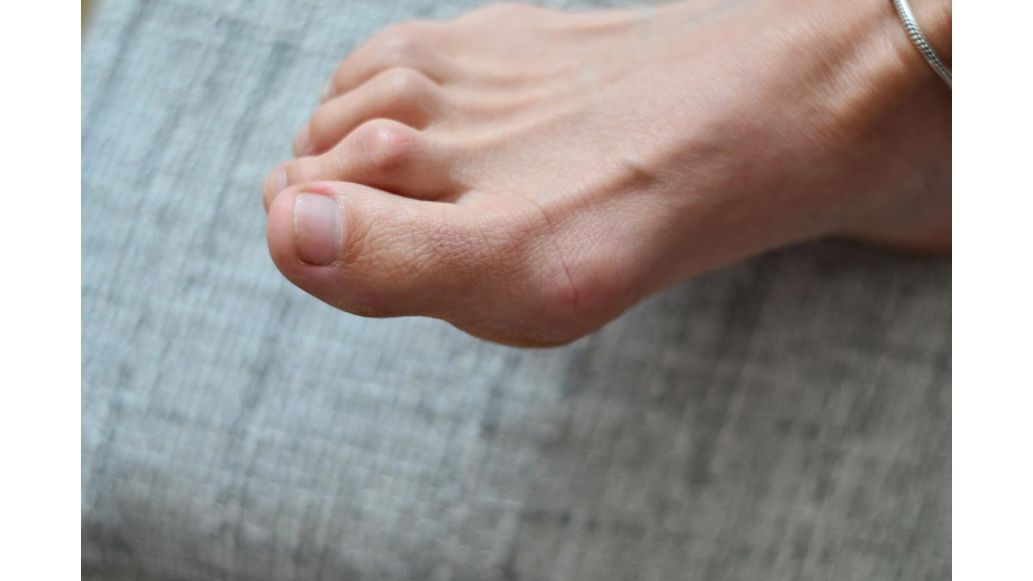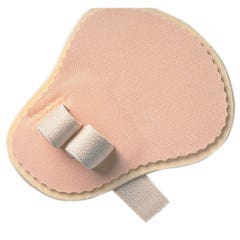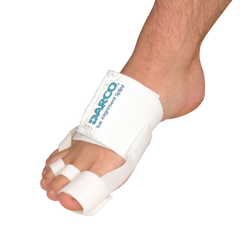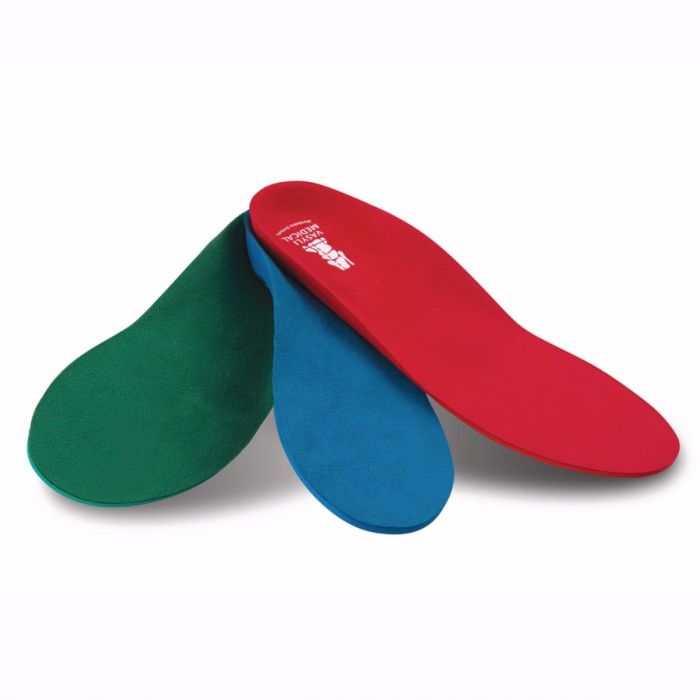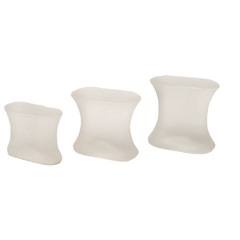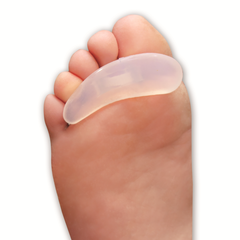If the joint on one of your toes points upward rather than lying flat, you may have a hammer toe. The condition is a deformity that happens when one of the toe muscles becomes weak and puts pressure on the toe’s tendons and joints. A deformed toe can make it difficult or painful to walk and may restrict you from certain activities.
Prevention and early treatment for hammer toe will help you avoid long-term complications.
- What is a Hammer Toe?
- Causes of Hammer Toe
- Hammer Toe Prevention & Treatment Methods
- 4 Toe Stretches to Try at Home
- Recap
What is a Hammer Toe?
Your toe is made up of three small bones. Starting from the tip of your toe, the three bones are:
- the distal (end or tip)
- the middle
- the proximal (closest to your foot)
The joint that’s affected in hammer toe is the proximal interphalangeal joint (PIPJ). This is the middle joint between the proximal phalanx and the distal phalanx. The main symptom of hammer toe is that the middle joint is flexed (bent) upwards. When the top part of your toe is continually forced in a downward position, it becomes more difficult to move the toe.
Causes of Hammer Toe
Wearing shoes that don’t properly fit is a common cause of hammer toes. Shoes that narrow toward the toe, push the smaller toes into a bent position. High heels increase the bend in the toe by forcing the foot down and pushing the toes against the shoe. Sometimes, rheumatoid arthritis or pressure from a bunion can increase the risk of overlapping toes.
Hammer toe can also be a result of another toe deformity known as hallux valgus. Hallux valgus is a misalignment of the big toe that causes a bunion on the outside of the toe. In addition, the toes can rub against the shoe and lead to the formation of corns and calluses. The outgrowth further aggravates the hammer toe and may cause symptoms including:
- Swelling or redness
- Inability to straighten the toes
- Difficulty walking
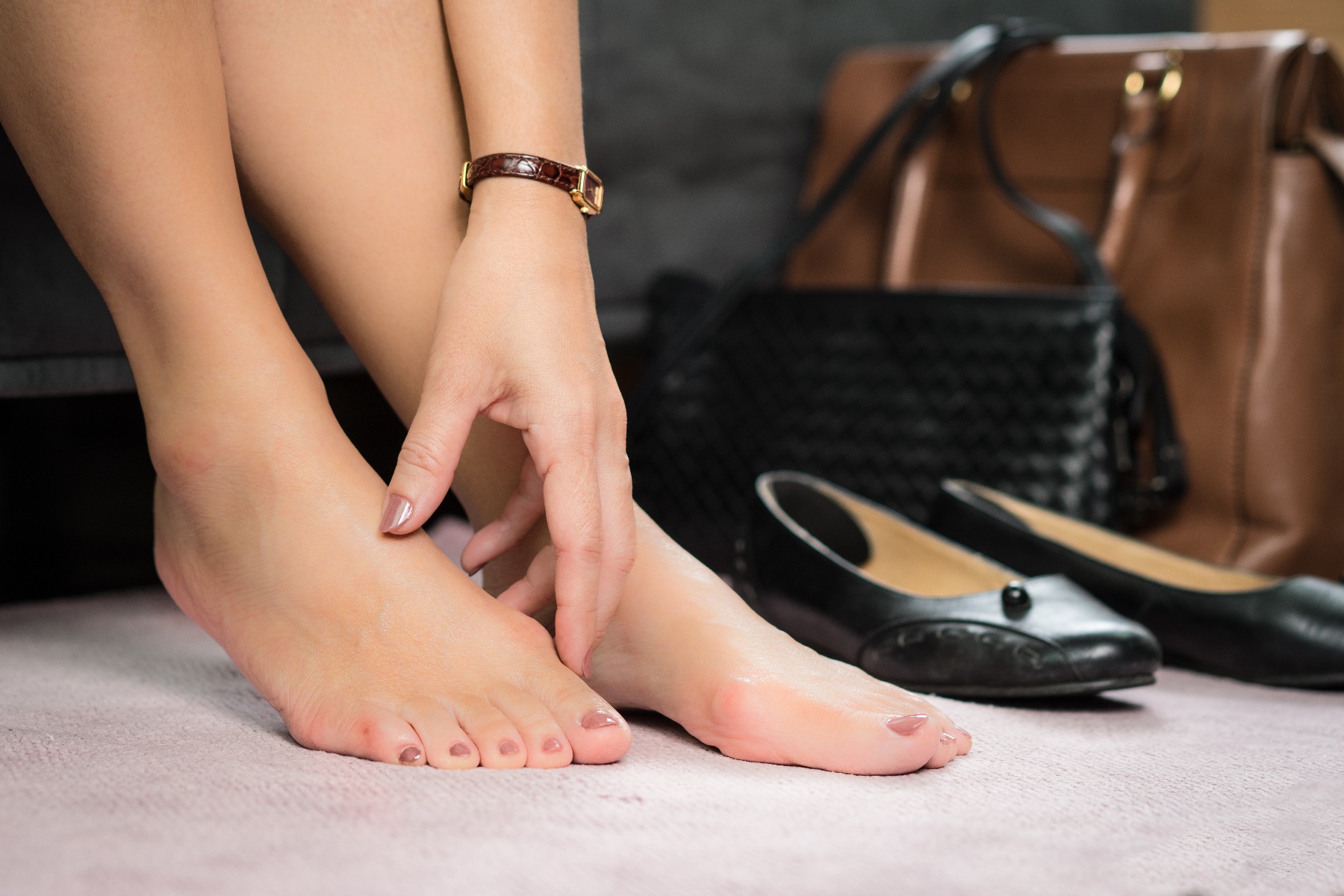
Hammer Toe Prevention & Treatment Methods
To prevent the formation of hammer toe, wear the right size shoe and avoid shoes that are too tight or too narrow. Shoes should be one half-inch longer than your longest toe. You may also be able to find a shoe with a deep toe box that accommodates the hammer toe.
If the joint is still flexible, there are several non-surgical treatments you can do to help reduce your symptoms.
- Toe Splints: Splints exert a straightening force on the muscles that bend your toe. This helps keep the muscles from tightening in the curled position that can make the condition worse.
The Budin Toe Splint features an adjustable loop for hammer toe straightening and a foam pad to cushion the ball of your foot. In addition, the elastic band over the foot reduces migration of the Toe Alignment Splint to maintain alignment after surgery.
- Orthotic Inserts: A custom orthotic device placed in your shoe may help control the muscle/tendon imbalance. Firm but soft, the orthotic inserts redistribute your body weight more evenly across the bones and joints of the foot. This helps remove excess stress from the toes and provide pain relief.
- Gel Separators: Made of a flexible gel cushion, gel toe spreaders will keep one hammer toe from curling under, as well as prevent it from rubbing up against your other toes or the inside of your shoe. Gel toe separators can be effective if they fit properly, especially if you have crossed toes. In addition, a toe crest pad is a ring of gel material that goes around the hammer toe and is held in place by an attached pad that sits under your toes.
If your hammer toe becomes painful, you can apply an ice pack several times a day. This can help relieve the soreness and swelling.
Hammer Toe Surgery
In some cases, usually when the hammer toe has become more rigid and painful or when an open sore has developed, your doctor may recommend surgery. Your surgeon may choose to use one or more surgical techniques.
- Fusion: Both ends of the bone at the fixed joint are cut. A pin, or K-wire, is temporarily inserted to keep the toe straight. Once the ends fuse, the pin is removed.
- Tendon Transfer: This involves rerouting tendons from the bottom of the toe to the top to help it straighten
- Joint Resection:: The end of the bone at the fixed joint is removed and pins are placed temporarily to keep the toe straight
In addition to hammer toe, you might be able to have bunions or other foot deformities corrected at the same time.
After surgery, toe stiffness, swelling, and redness may occur for up to 4-6 weeks. While you can put pressure on the foot immediately after surgery, it is recommended you limit your activities while the toe heals. Elevating your foot as much as possible will help speed up recovery and reduce pain.
4 Toe Stretches to Try at Home
Specific exercises can help stretch and strengthen the muscles in your foot. Here are just a few toe stretches to get you started.

Toe Lift
Do this stretch one foot at a time or with both feet together.
- Sit with your feet flat on the floor. Lift your toes – make sure to get them all to the same height
- Hold this lift for 5 seconds, then lower your toes back down to the floor
- Repeat 10 times on each foot
Toe Lift and Press
This stretch improves your control over toe movements as well as strengthens them.
- Sit with your feet flat on the floor. Lift your toes on one foot or both feet at the same time – make sure to lift them all to the same height
- First, press only your big toe down and up 10 times
- Then, press only your little toe up and down 10 times
- Alternate pressing your big toe up and down and then your little toe up and down. Repeat alternating big and little toes 10 times on each foot
Toe Curl
This stretch strengthens your toes.
- Sit with your feet flat on the floor. Place a small towel on the floor with the short side facing you
- Grasp the towel with the toes on one foot and try to pull it toward you. You can also use a resistance band to curl the toes
- Hold for 5 seconds before relaxing your foot. Repeat 10 times with each foot
Toe Pull
This stretches the bent joint, helping the bones move back to their normal position.
- Sit with your feet flat on the floor. Lift your right leg and place your ankle on your left thigh
- Slowly and gently pull the bent toe down, stretching the joint
- Hold for 5 seconds before returning to start position
- Then, lift your left leg and place your ankle on your right thigh. Repeat 10 times on each affected toe
Another mobilization technique to practice at home is the flexor stretch. Watch this video here for further instructions.
Recap
The most common hammer toe causes are wearing shoes that do not fit your feet. If you wear tight or narrow shoes over an extended period of time, the constant pressure from your body’s weight on your toes keeps the toes in an unnatural position. This causes the toe muscles to become stiff. It’s important to wear proper fitting shoes to prevent hammer toe and bunion formation.
References
- Kahn, April. (2019). Hammer Toe: Causes, Symptoms, and Diagnosis. Healthline. Retrieved from https://bit.ly/3p2Ej2D
- Moyer, Catherine. (2020). Hammer Toe Surgery: Everything You Need to Know. VeryWell Health. Retrieved from https://bit.ly/3bVOpi5
- Moyer, Nancy. (2019). 19 Toe Stretches and Exercises to Try. Healthline. Retrieved from https://bit.ly/38XzhyP
Medical Disclaimer: The information provided on this site, including text, graphics, images and other material, are for informational purposes only and are not intended to substitute for professional medical advice, diagnosis or treatment. Always seek the advice of your physician or other healthcare professional with any questions or concerns you may have regarding your condition.

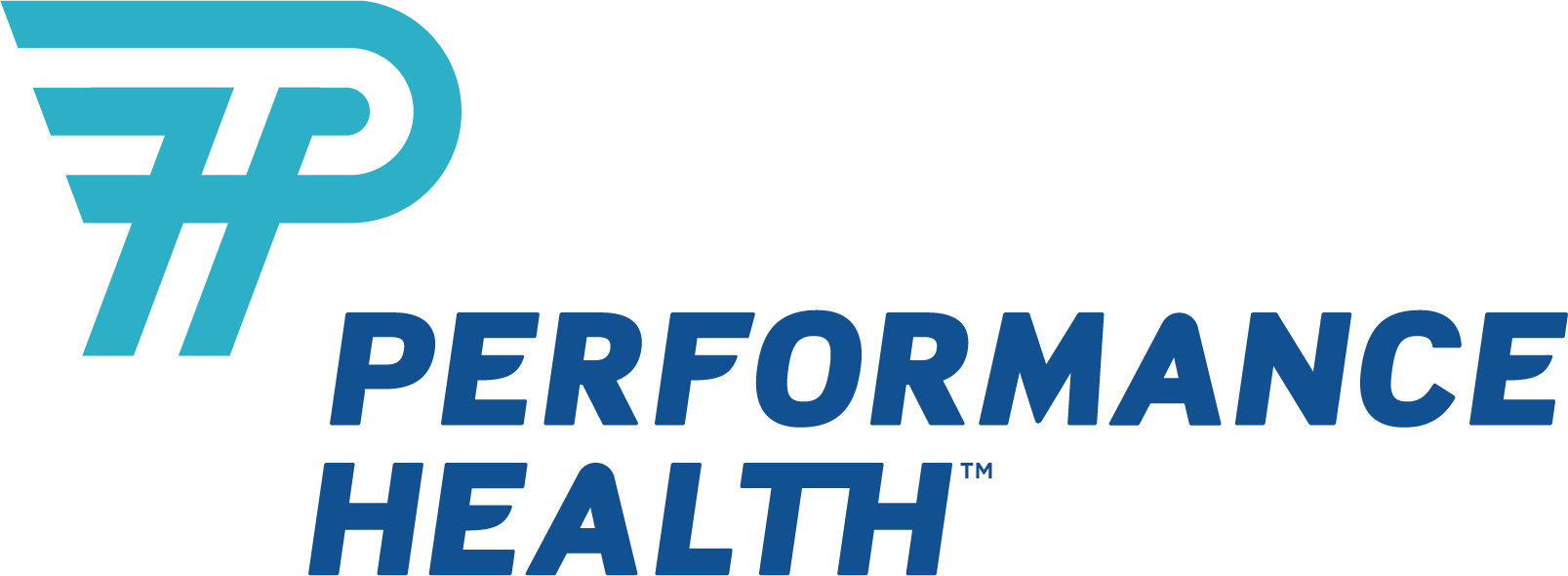






 France
France Australia
Australia